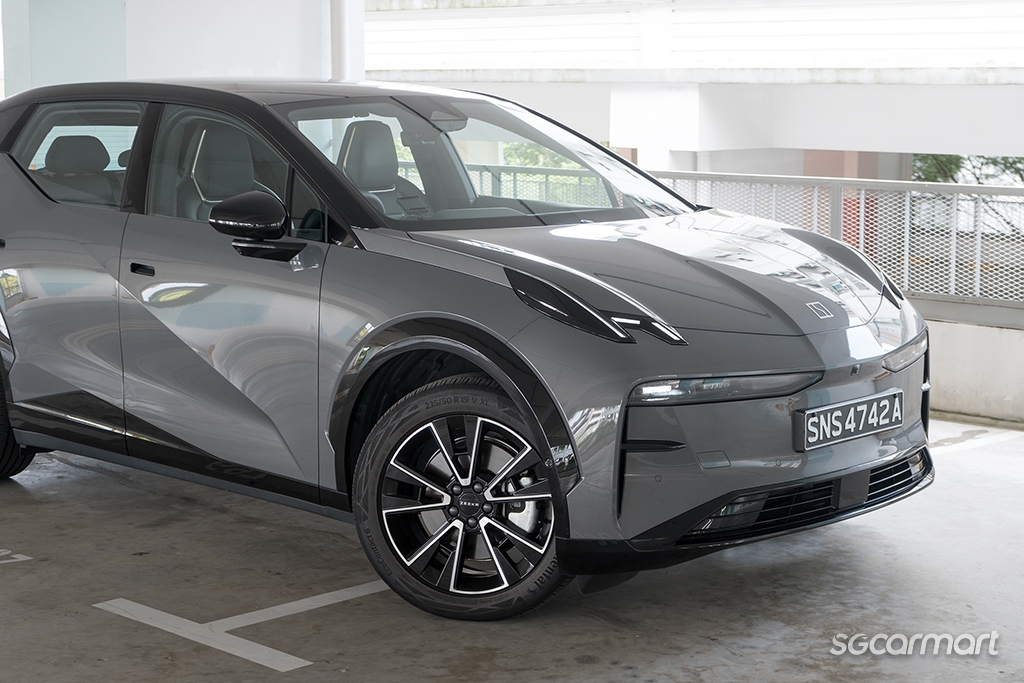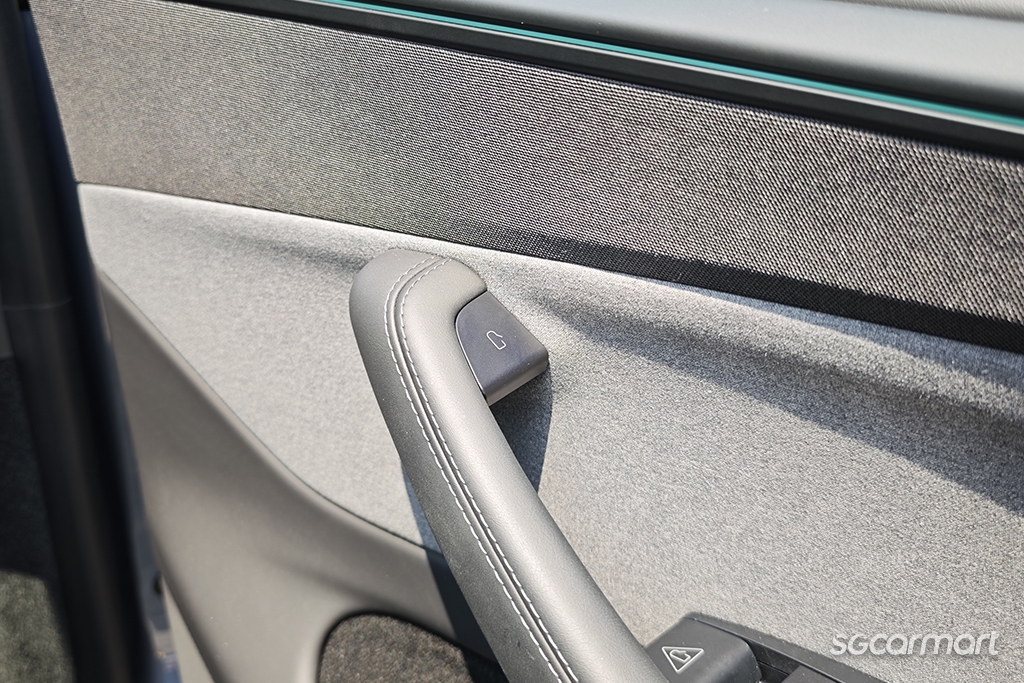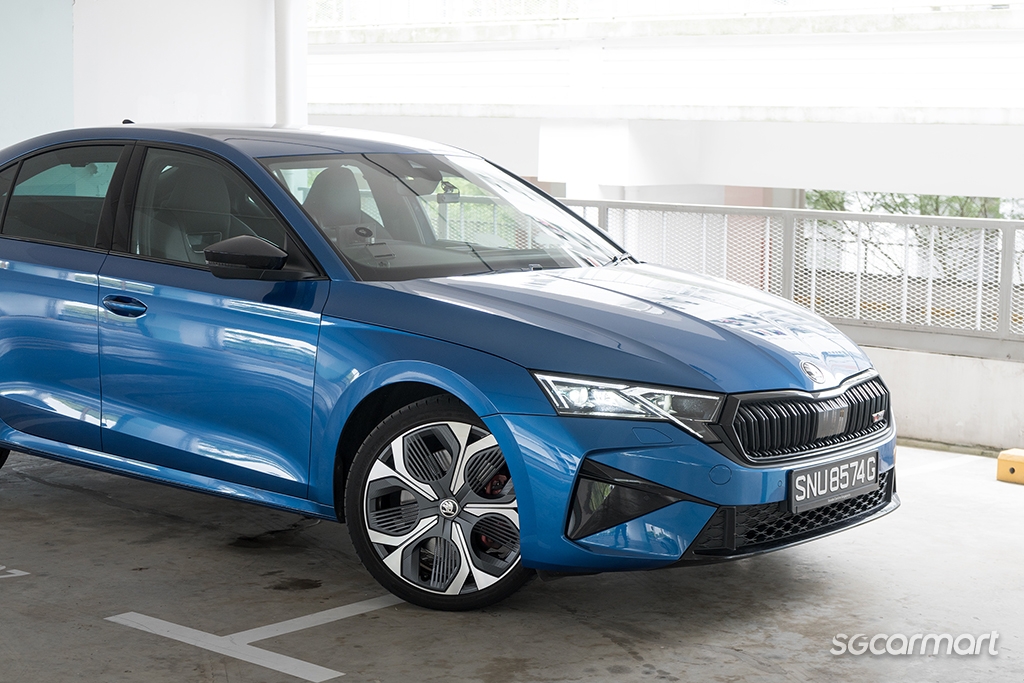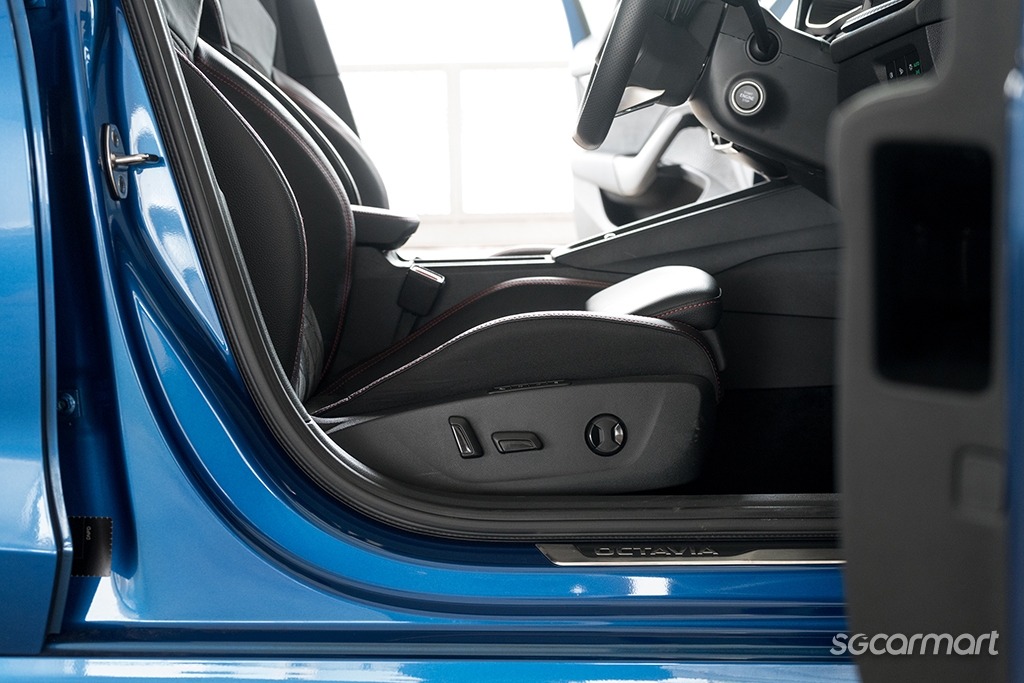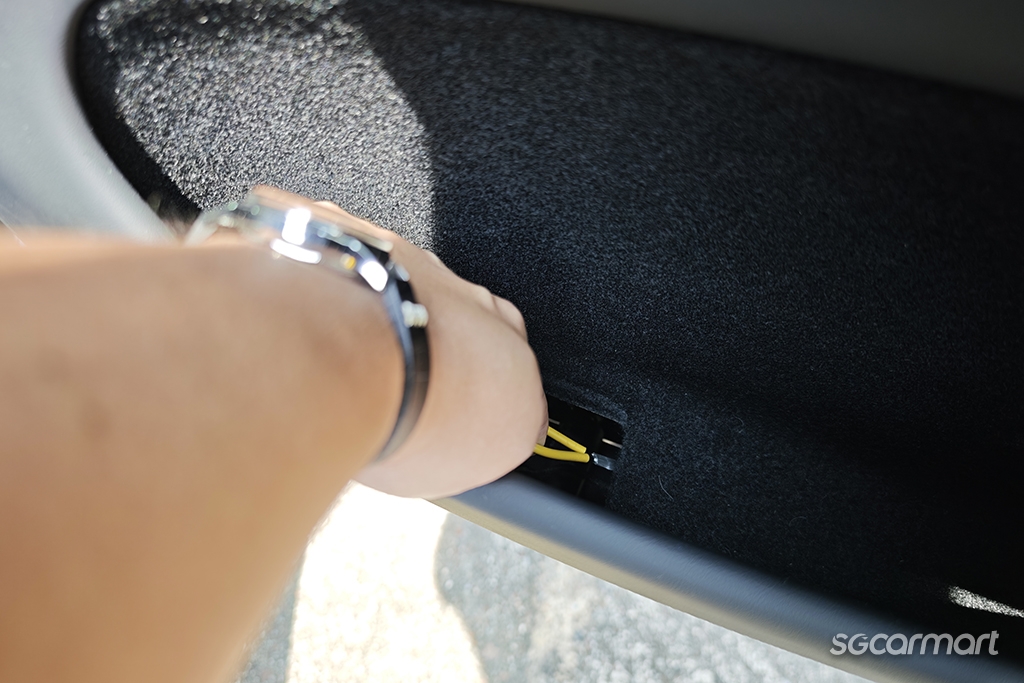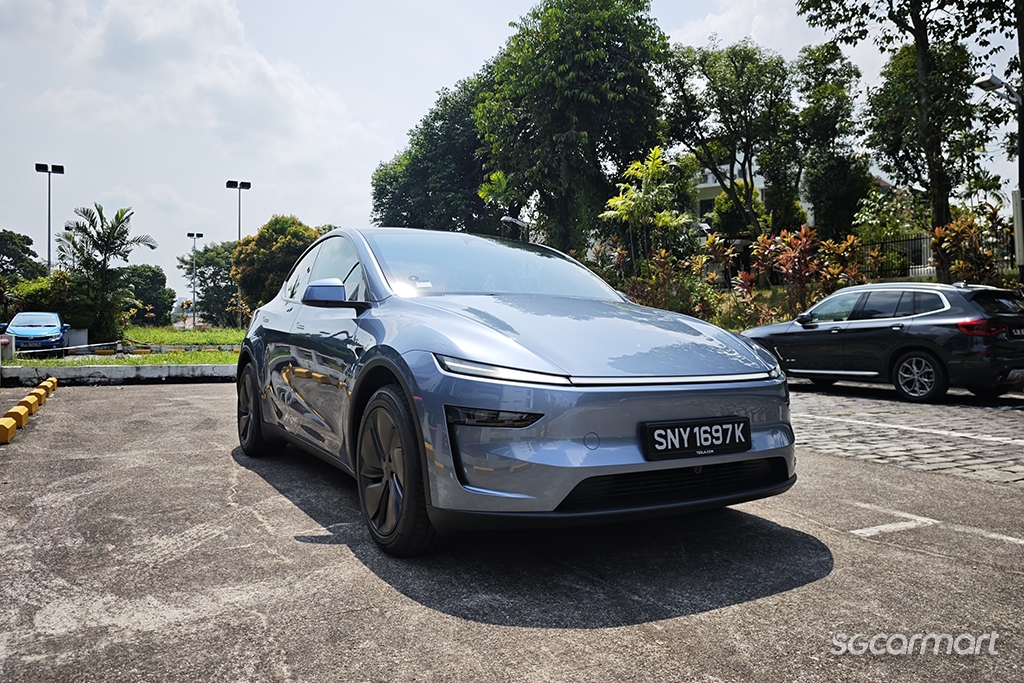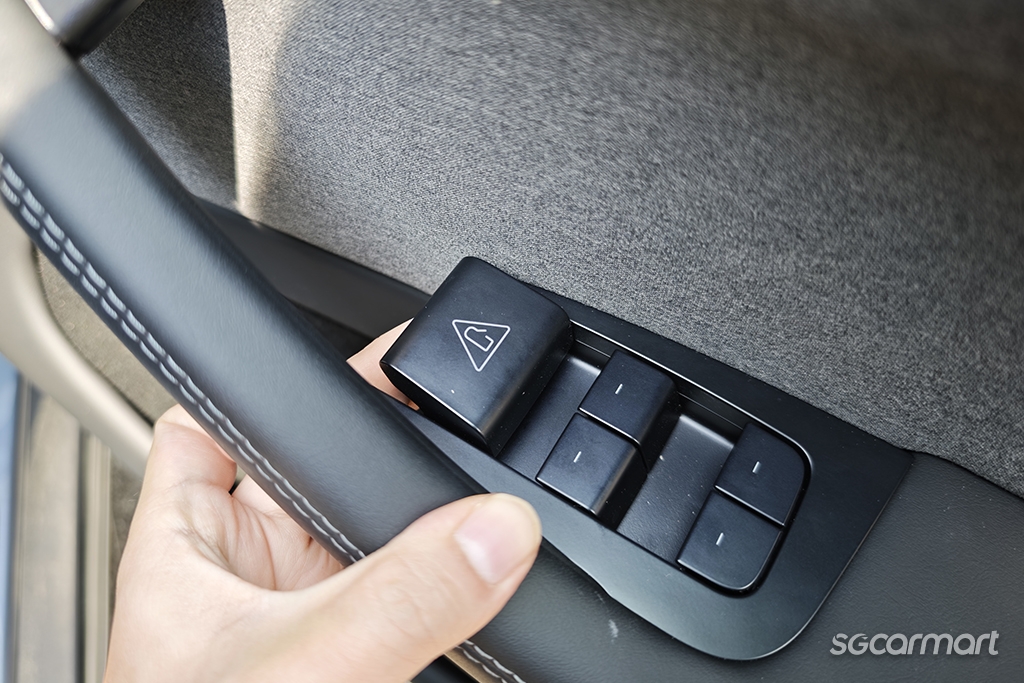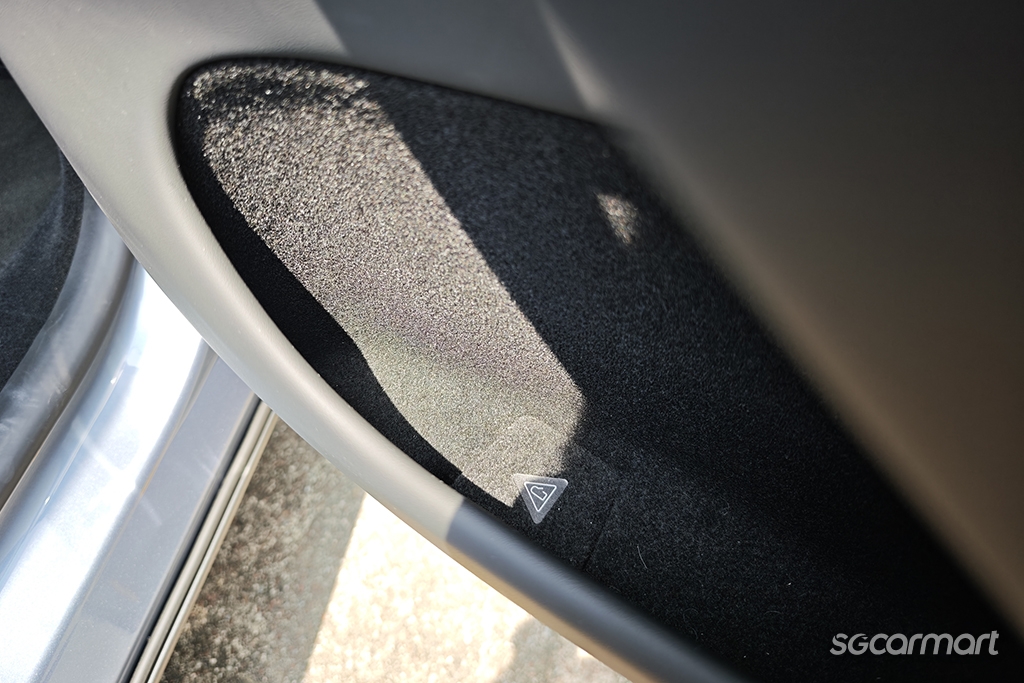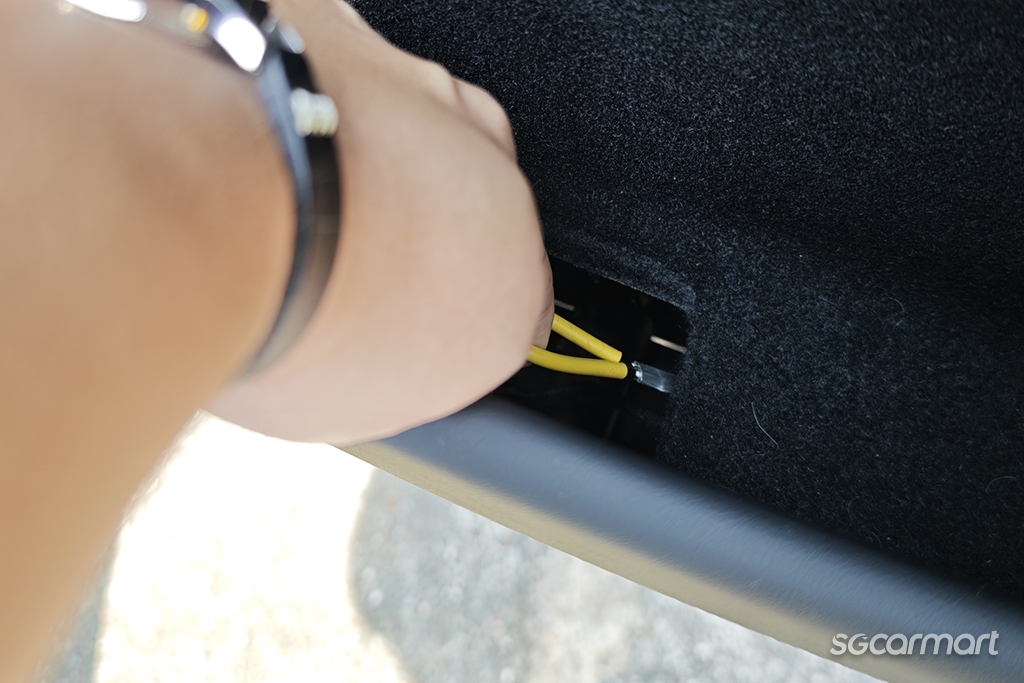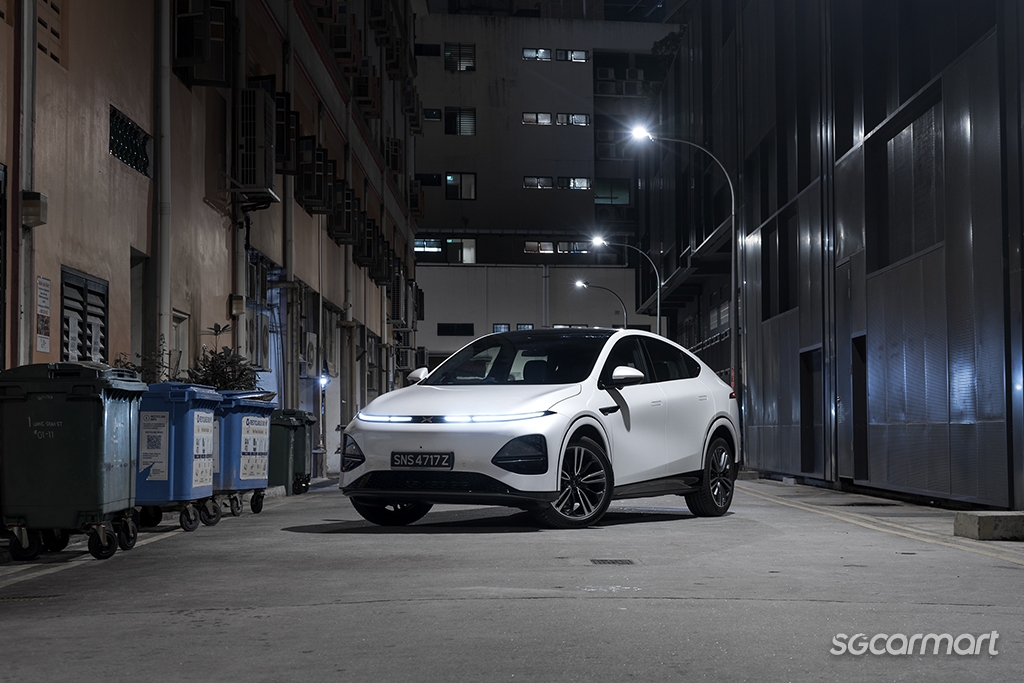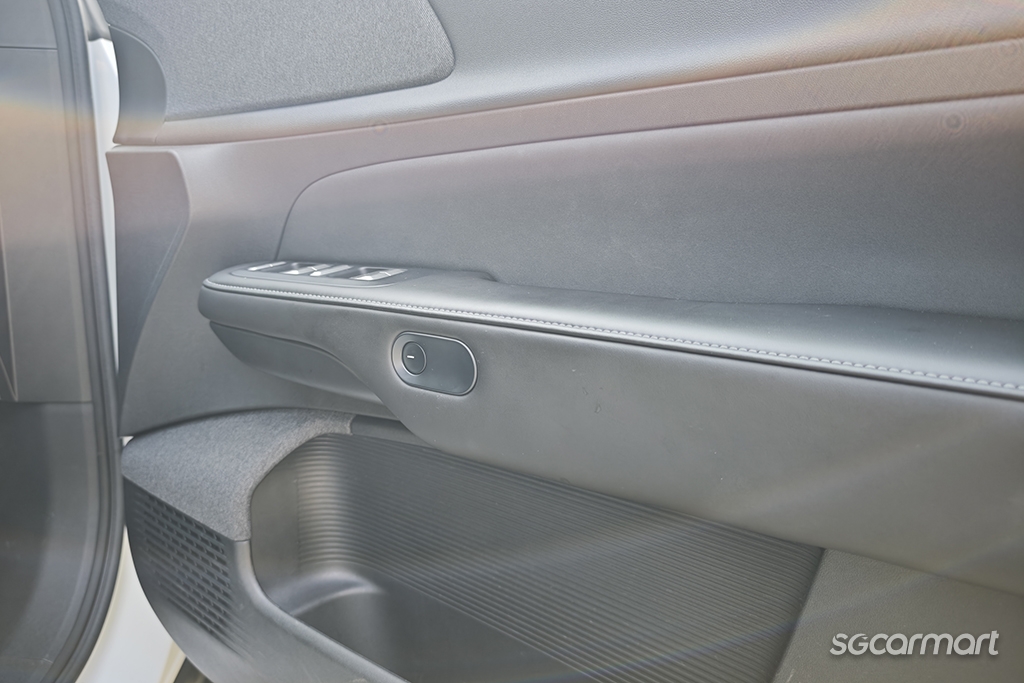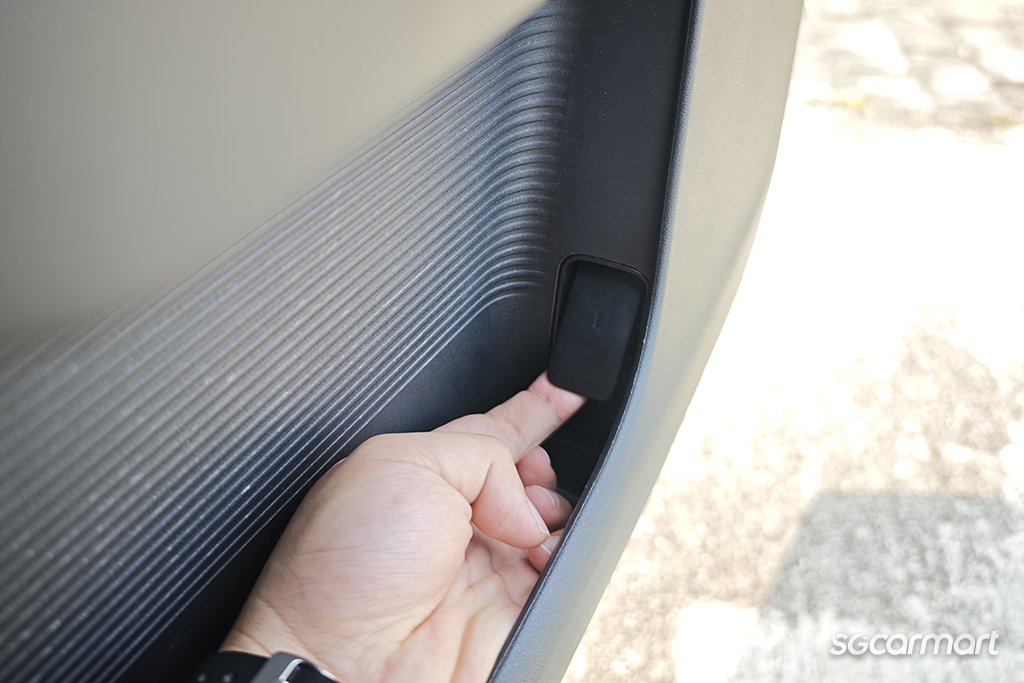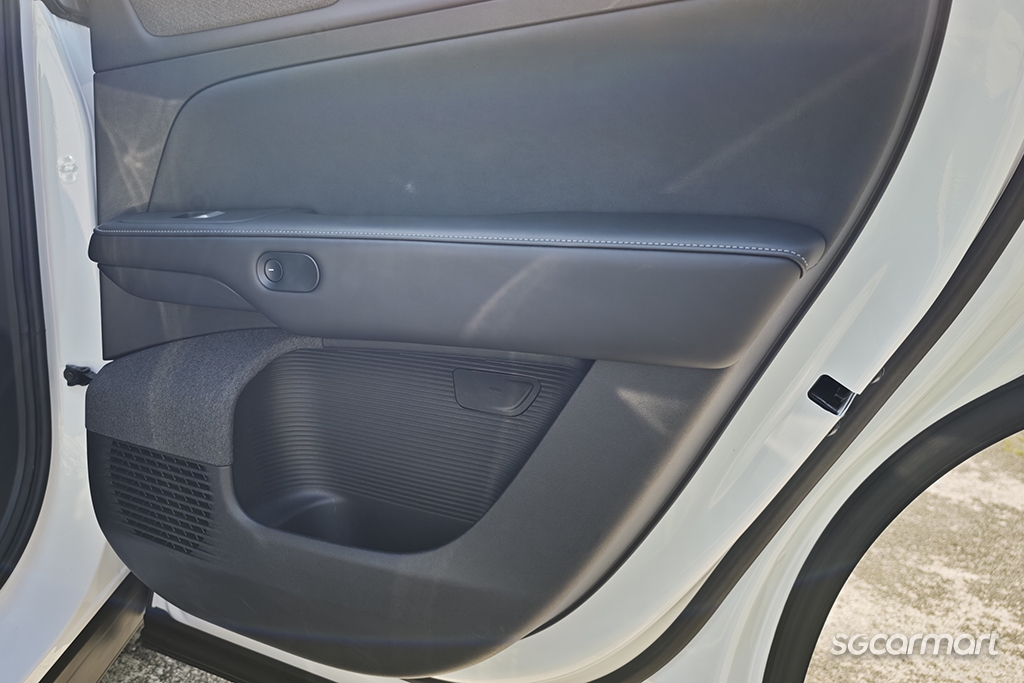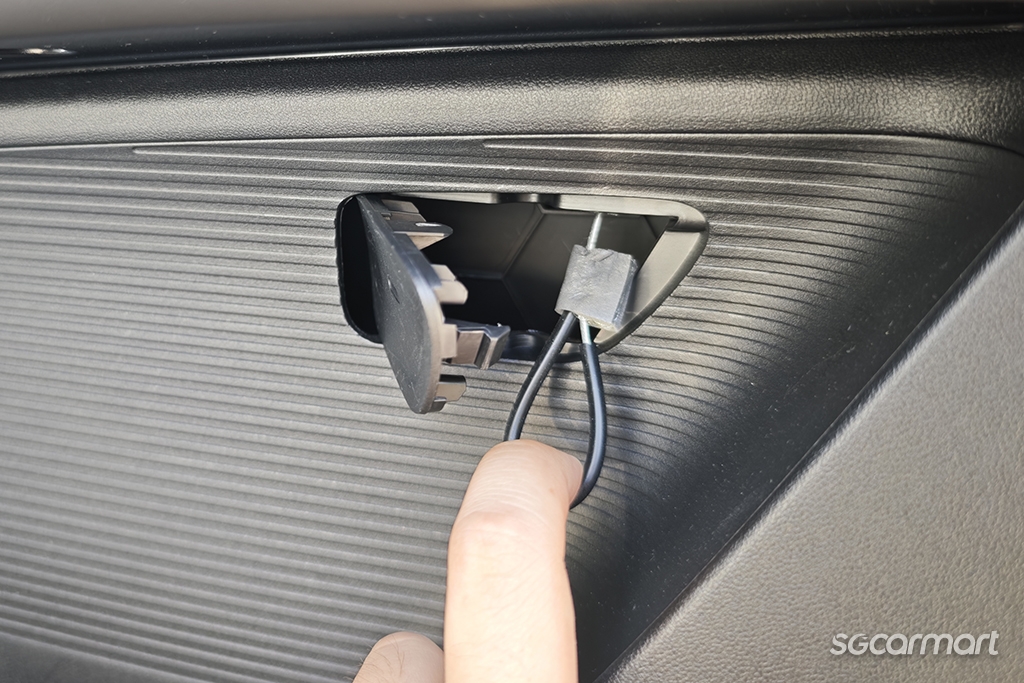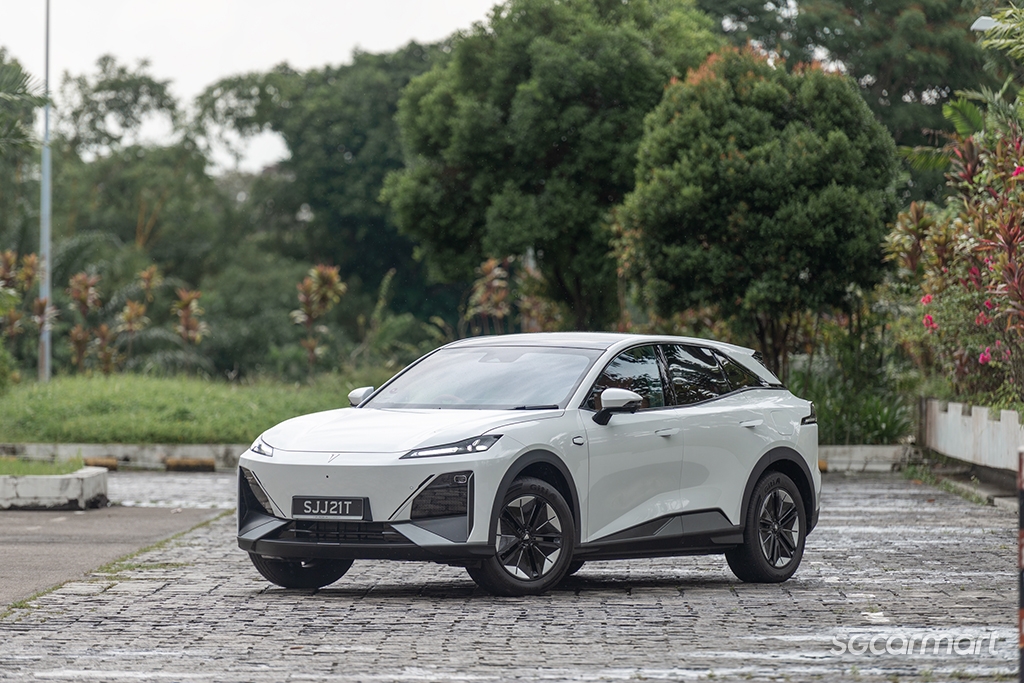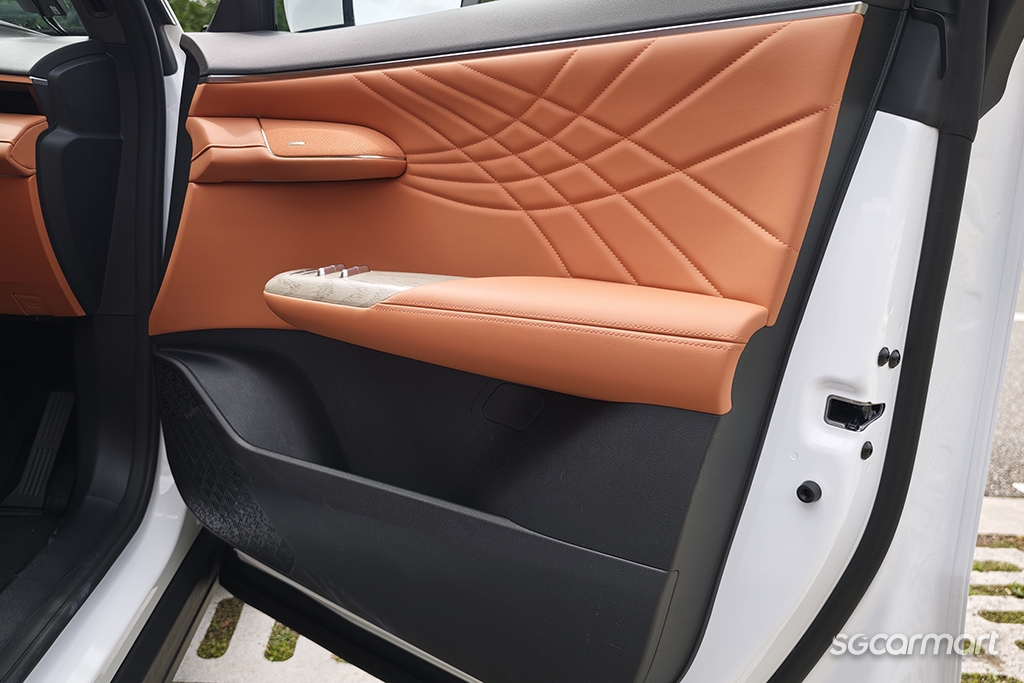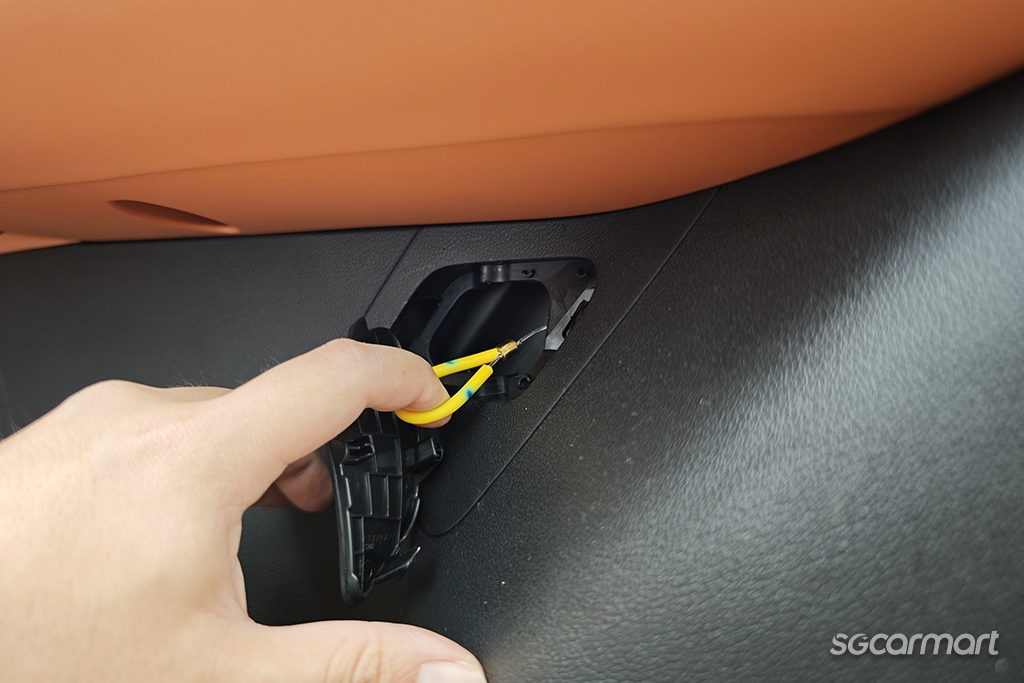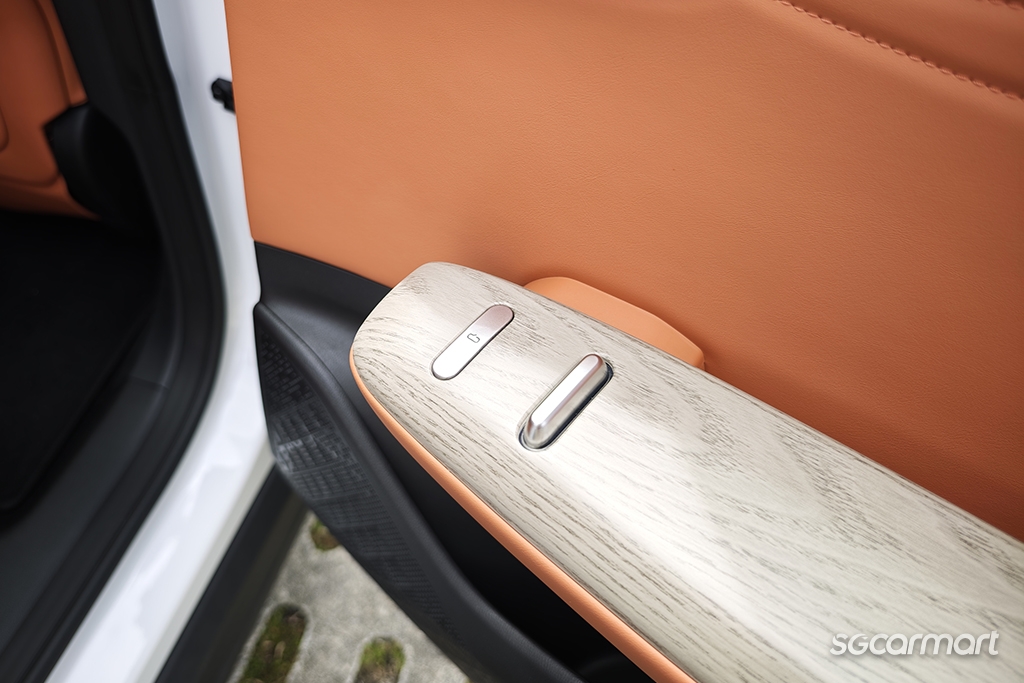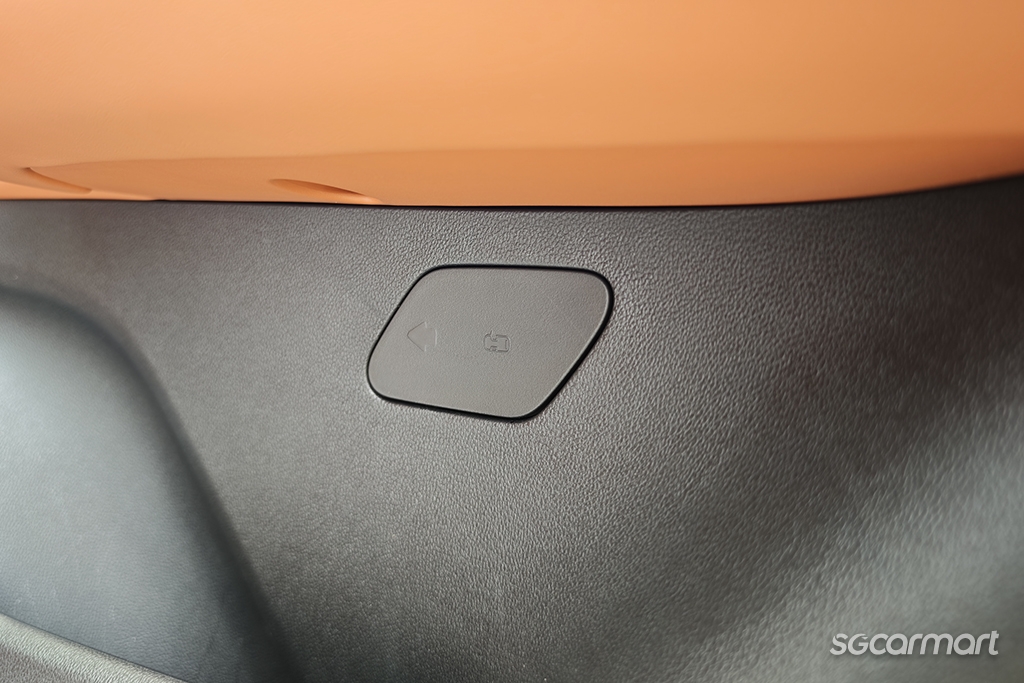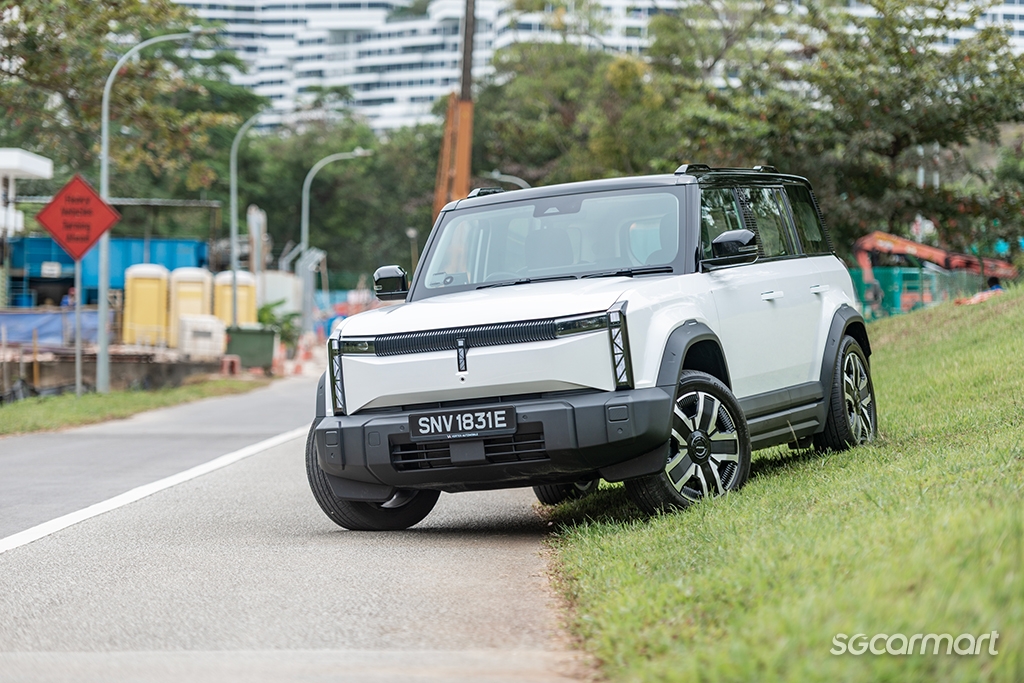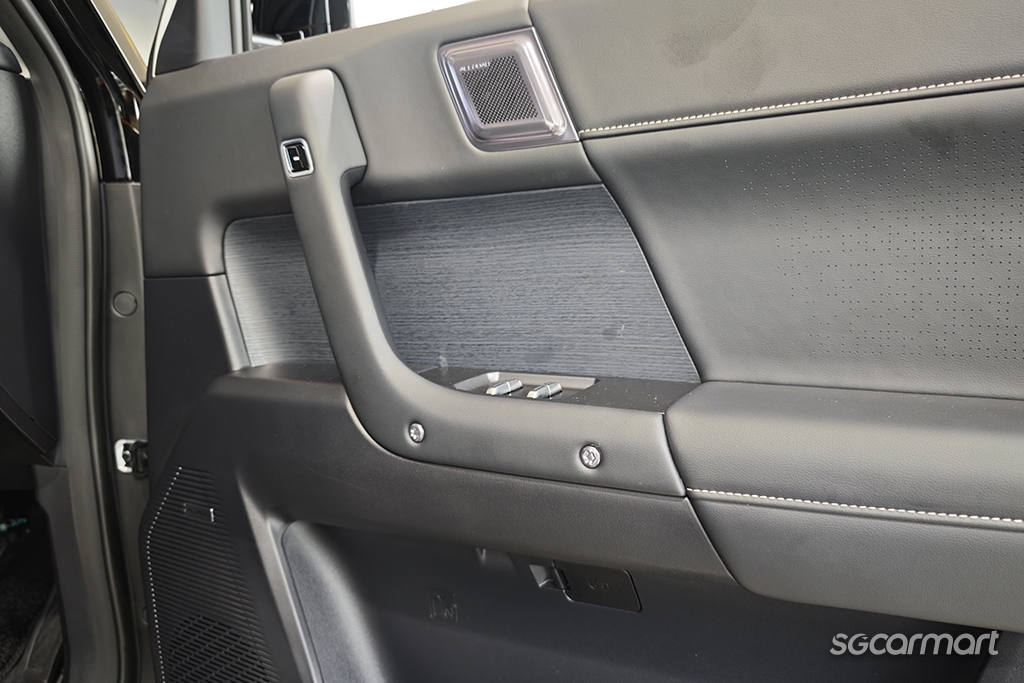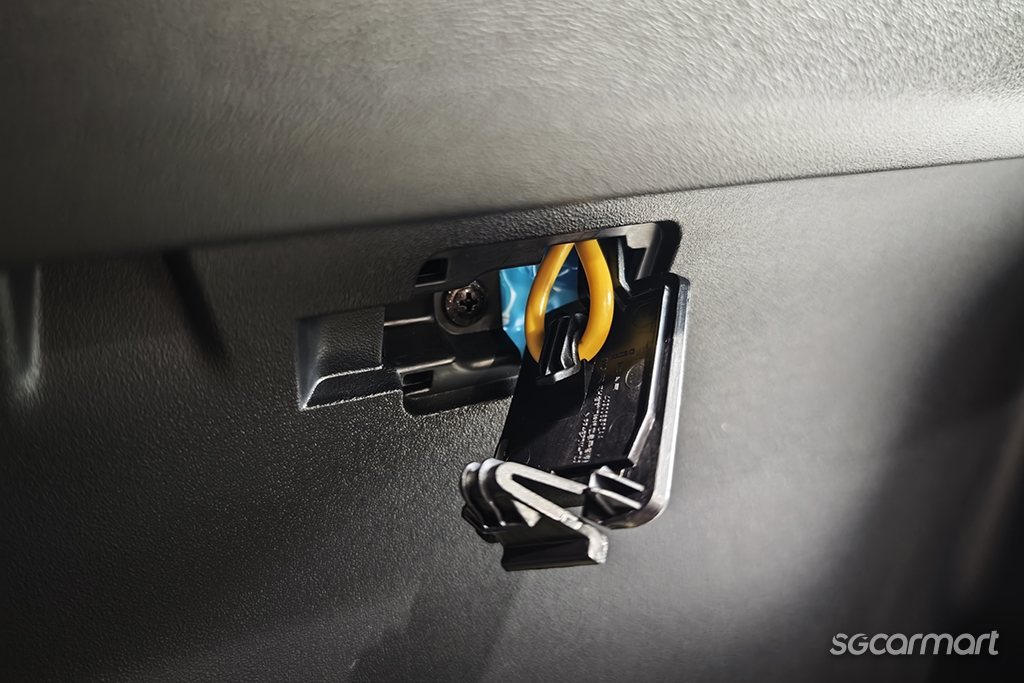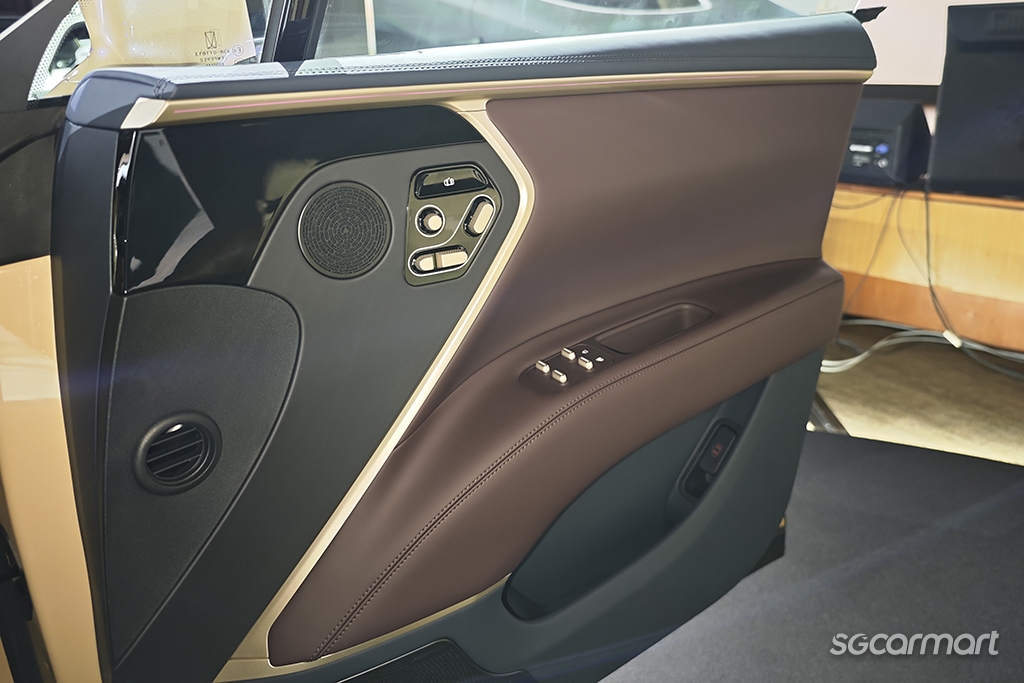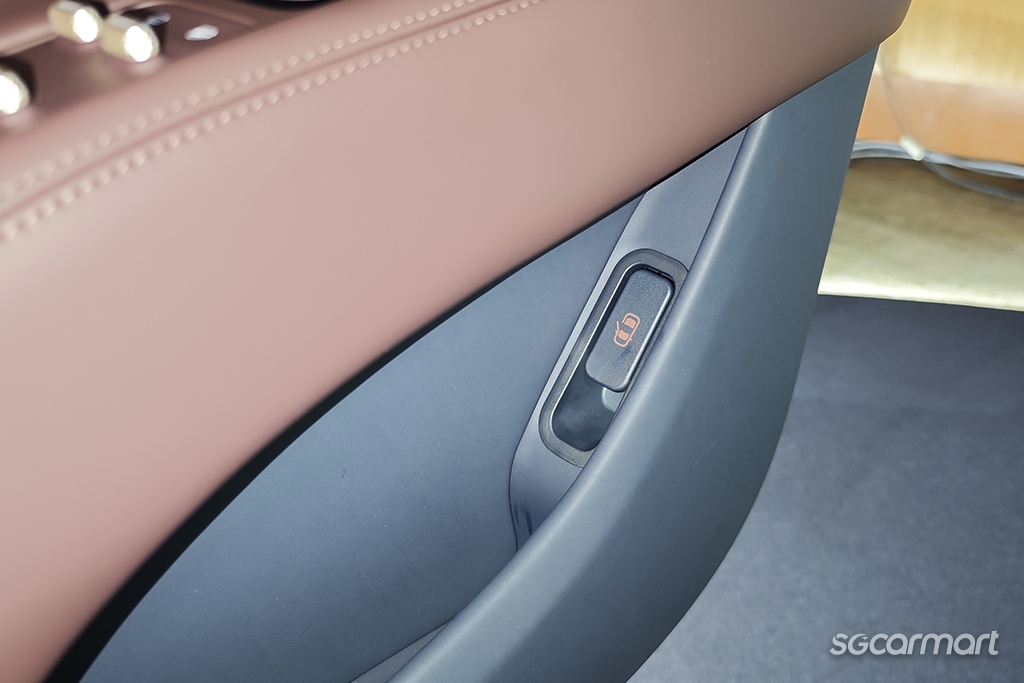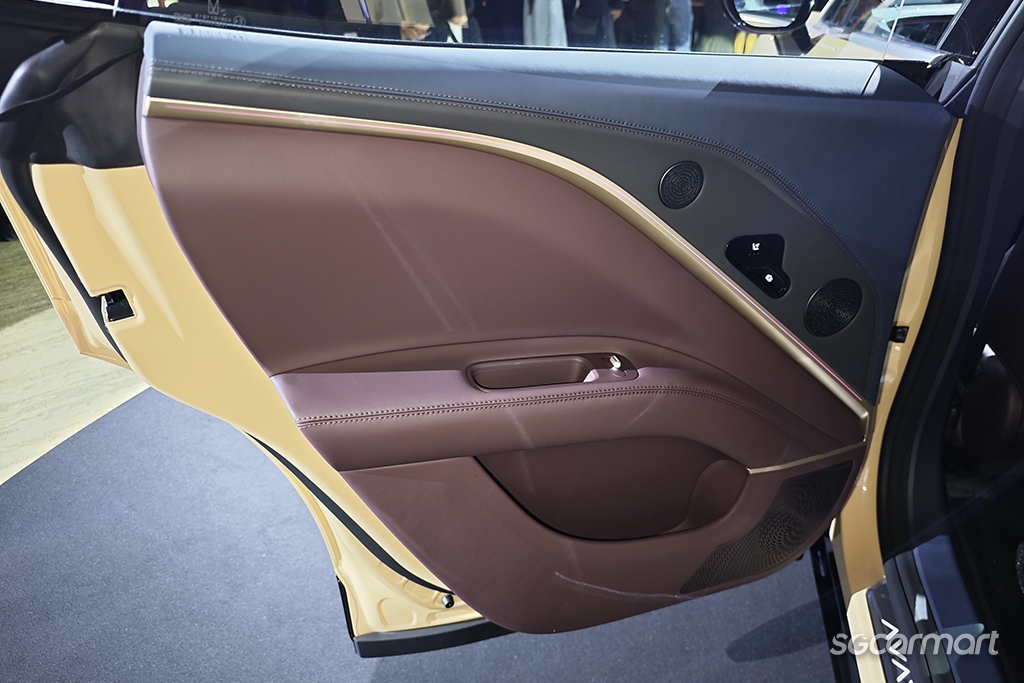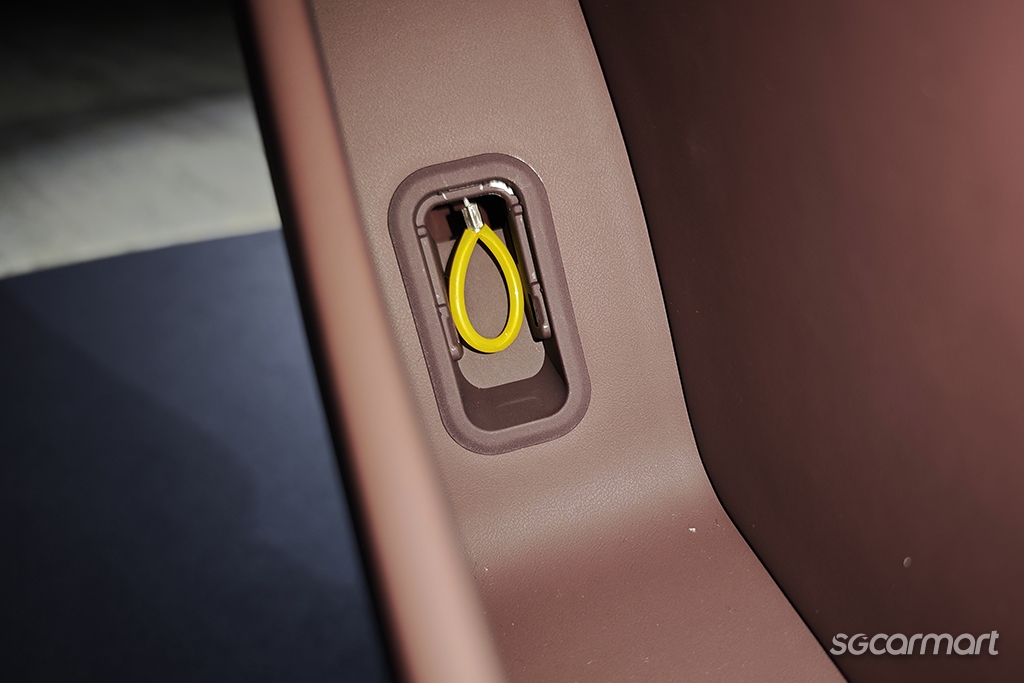Don't get yourself trapped in your high-tech EV
20 Aug 2025|28,010 views
Being someone whose life revolves around cars, I've gotten many automobile-related nightmares from time to time: The brakes stop working, the car fails to turn, or the door that I'm leaning against suddenly pops open without warning, these are just some scary dreams I've had.
But I've got to admit that being trapped in a burning car with doors that won't open has never been among my long list of car-related fears. However, with the new cars that uses electronic door lock mechanisms, it is something that could and has happened during accidents. As such mechanisms become more common, the chances of being in a car with an electronic door lock gets higher, and you'd want to know what to do in an emergency. If this is all news to you, read on and learn more about this hidden danger that is found on many new cars.
Electronic door lock mechanisms - what are these?
Car door locks are simple, you pull on the handle and it activates the latch through mechanical links, allowing the door to be opened. Okay, the actual mechanism isn't that simple, but the fact is that being a mechanical connection, you would be able to open the door in most instances.
Electronic door lock mechanisms, made popular by Tesla in its EVs, are a little more complicated. In such systems, an electronically-operated actuator does the job of operating the latch. Found on newer electric vehicles and luxury cars, the operation of these locks is simple - press a button and the door latch unlocks, allowing you to open the door. This is mostly an aesthetic choice as the door panel no longer needs to accommodate a mechanical lever. Other perks could be a lighter touch to open the door, along with the flexibility of positioning the button anywhere within the car.
Mechanical door releases don't need electrical power to work, and would be more likely to remain operable after accidents
However, the electronic door locks adds another layer of complication to the mechanism: Electricity supply and a working actuator are required for the door to be opened. And in the case of an accident, the damage could result in a failure of the electrical system, preventing the doors from opening - which is quite a scary and potentially deadly occurrence…
There's a manual override in all cars, and you need to know it
Car makers are aware of the potential danger, hence cars with electronic door locks will have a manual override system in place, in case of emergencies. But, for the sake of aesthetics, these are usually hidden and could be difficult to find. Therefore, it is important for one to familiarise yourself with your car and locate the manual door release. We have gathered a few examples so you'll know what to look for if your car has an electronic door lock.
Tesla Model Y
The rear manual door release is a little trickier to locate, you'll have to pop open this cover within the door pocket, and yank on that yellow cable
XPENG G6
The XPENG G6's front manual door release is located on the rear side of the door pocket, hidden completely out of view in normal circumstances
Deepal S07
Jaecoo J6
The Jaecoo J6's manual door release also requires you to pop open a plastic panel - the panel hooks onto the release cable; potentially making it easier to yank on
AVATR 11
The rear door's manual release can be found in a similar location, however you'll need to pop open the plastic cover to access the yellow cable here
As you can see, some of these manual door release cables or levers can be rather difficult to find in a pinch, so you'll definitely want to familiarise yourself with their locations and how to operate them. Additionally, there are rip cords (such as these) that you can purchase to make the manual door release easier to access during emergencies.
Being someone whose life revolves around cars, I've gotten many automobile-related nightmares from time to time: The brakes stop working, the car fails to turn, or the door that I'm leaning against suddenly pops open without warning, these are just some scary dreams I've had.
But I've got to admit that being trapped in a burning car with doors that won't open has never been among my long list of car-related fears. However, with the new cars that uses electronic door lock mechanisms, it is something that could and has happened during accidents. As such mechanisms become more common, the chances of being in a car with an electronic door lock gets higher, and you'd want to know what to do in an emergency. If this is all news to you, read on and learn more about this hidden danger that is found on many new cars.
Electronic door lock mechanisms - what are these?
Car door locks are simple, you pull on the handle and it activates the latch through mechanical links, allowing the door to be opened. Okay, the actual mechanism isn't that simple, but the fact is that being a mechanical connection, you would be able to open the door in most instances.
Electronic door lock mechanisms, made popular by Tesla in its EVs, are a little more complicated. In such systems, an electronically-operated actuator does the job of operating the latch. Found on newer electric vehicles and luxury cars, the operation of these locks is simple - press a button and the door latch unlocks, allowing you to open the door. This is mostly an aesthetic choice as the door panel no longer needs to accommodate a mechanical lever. Other perks could be a lighter touch to open the door, along with the flexibility of positioning the button anywhere within the car.
Mechanical door releases don't need electrical power to work, and would be more likely to remain operable after accidents
However, the electronic door locks adds another layer of complication to the mechanism: Electricity supply and a working actuator are required for the door to be opened. And in the case of an accident, the damage could result in a failure of the electrical system, preventing the doors from opening - which is quite a scary and potentially deadly occurrence…
There's a manual override in all cars, and you need to know it
Car makers are aware of the potential danger, hence cars with electronic door locks will have a manual override system in place, in case of emergencies. But, for the sake of aesthetics, these are usually hidden and could be difficult to find. Therefore, it is important for one to familiarise yourself with your car and locate the manual door release. We have gathered a few examples so you'll know what to look for if your car has an electronic door lock.
Tesla Model Y
The rear manual door release is a little trickier to locate, you'll have to pop open this cover within the door pocket, and yank on that yellow cable
XPENG G6
The XPENG G6's front manual door release is located on the rear side of the door pocket, hidden completely out of view in normal circumstances
Deepal S07
Jaecoo J6
The Jaecoo J6's manual door release also requires you to pop open a plastic panel - the panel hooks onto the release cable; potentially making it easier to yank on
AVATR 11
The rear door's manual release can be found in a similar location, however you'll need to pop open the plastic cover to access the yellow cable here
As you can see, some of these manual door release cables or levers can be rather difficult to find in a pinch, so you'll definitely want to familiarise yourself with their locations and how to operate them. Additionally, there are rip cords (such as these) that you can purchase to make the manual door release easier to access during emergencies.






























